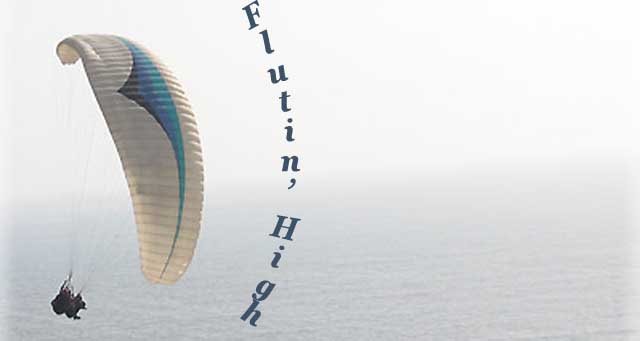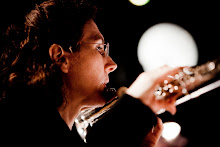A: Yes. It saves time. It saves misunderstandings. Books go out of print, so please avoid naming multiphonics by number. I know writing or drawing in multiphonics can be a pain. If you have many of them and want to save time and ink, you could write the multiphonics with fingerings in your performance instructions so you need not repeat the fingerings in the score.
Q: How should I notate the fingering?
A: Robert Dick has the most intuitive system, it is just a template of the layout of the flute's keys. Carin Levine and Pierre Yves Artaud don't draw the trill keys but refer to them with the letters "A" and "B". A flutist unfamiliar with these books (esp. if they get out of print) won't know what to do. If you need a template, you may use the jpg below (taken from Robert Dick's Flying Lessons):

There is also a cheap downloadable font for Sibelius, Finale and text editors available here. I haven't tried this out myself, so I don't know how easy it is to use, but I like the results.
Q: Which multiphonic resource should I use?
A: At the time of this writing, I would most highly recommend Robert Dick's The Other Flute and Carin Levine's The Techniques of Flute Playing. Do not use Bruno Bartolozzi's New Sounds for Woodwinds.
Unless you are a flutist yourself, I would not advise using The Virtual Flutist. When a resource shows every single pitch that can be produced by a certain fingering, it doesn't necessarily follow that a multiphonic can be created from these pitches. Try it with a live player before trusting a theoretical projection of the flute's acoustic response.
Q: Can I just notate the main note and leave the multiphonic up to the player?
A: Sure! Be aware though that on the lowest notes only harmonic multiphonics are possible. In layman's terms, multiphonics are made possible by venting the tube at a certain location which causes the note to split. Low notes need the long tube of the flute. If we vent a key, we shorten the tube: therefore no low note. In short, the best range for "free" multiphonics is the middle register and up to the flute's 3rd octave B-flat. At least that is the most comfortable for me.
Q: Can you trill a multiphonic?
A: Depends. Almost all have the possibility to do at least a timbral trill. Check with your local flutist.
Q: Can you fluttertongue a multiphonic?
A: Yes. Some very close multiphonics are actually easier with fluttertongue. This is assuming however, that the flutist can fluttertongue. It's not always a given.

